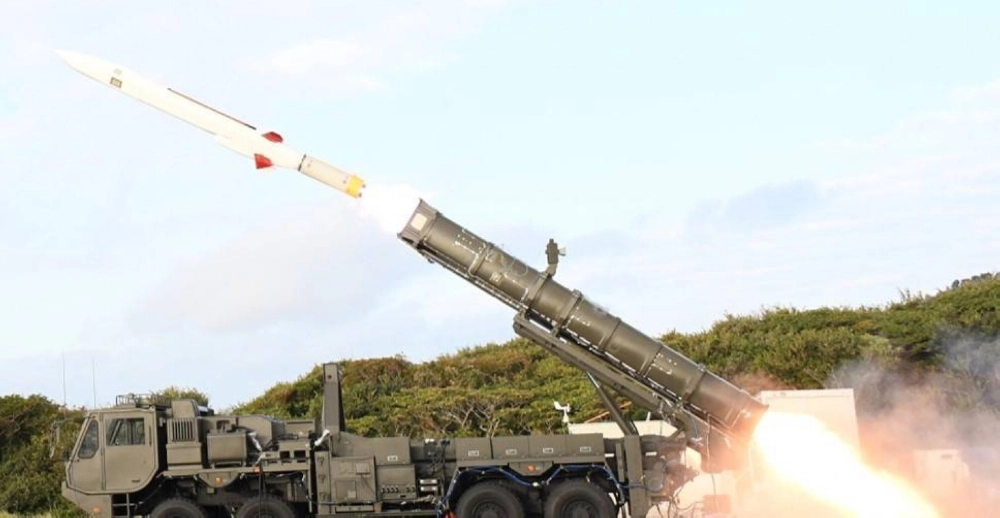Japan plans to deploy for the first time longer-range missiles to a military base in Kumamoto Prefecture starting next March and to another base in Shizuoka Prefecture in fiscal 2027 as part of its “counterstrike capability” to deter enemies and strike targets.
The Defense Ministry said Friday it would send the country’s domestically made Type-12 surface-to-ship extended-range missiles to the Ground Self-Defense Force’s Camp Kengun in the city of Kumamoto and later to its Camp Fuji in Oyama, Shizuoka Prefecture.
Defense Minister Gen Nakatani told a news conference Friday ahead of the announcement that the deployments were necessary to defend against threats targeting Japanese territory, “including those targeting our islands, from outside our territory.”


















With your current subscription plan you can comment on stories. However, before writing your first comment, please create a display name in the Profile section of your subscriber account page.